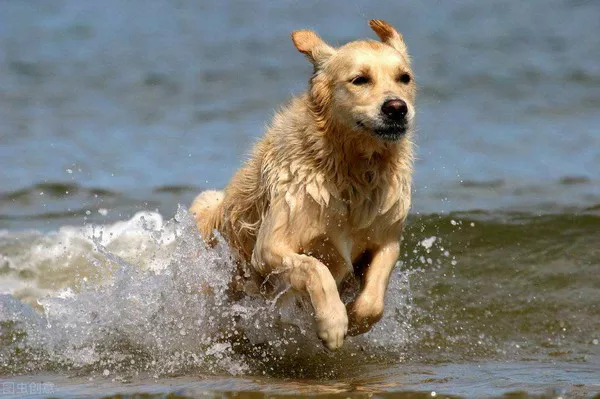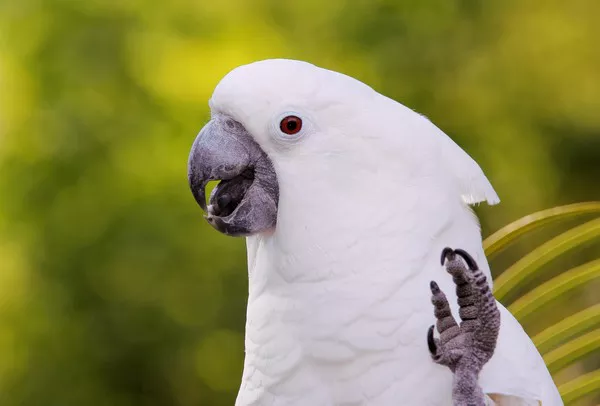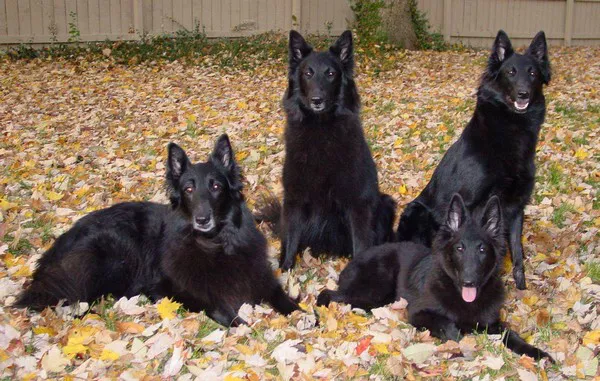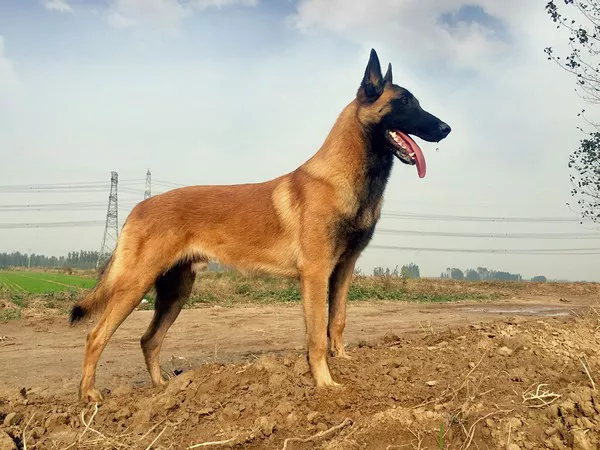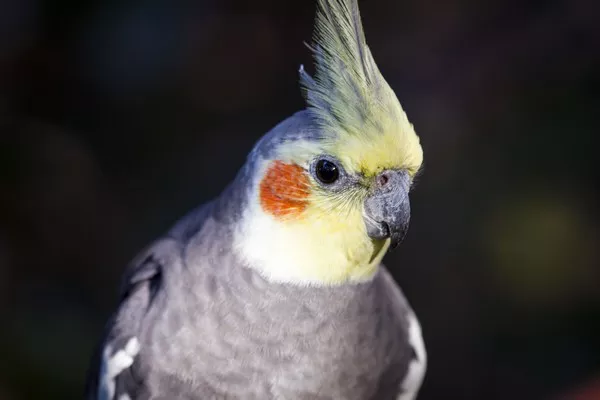The Alaskan Klee Kai is a fascinating and relatively rare breed that has captivated the hearts of dog lovers all over the world. Known for their resemblance to the Siberian Husky, these compact, energetic, and intelligent dogs have a rich history and distinct characteristics that make them stand out in the world of canine companions. In this article, we will explore the different types of Alaskan Klee Kai, focusing on their history, physical traits, and what makes them unique compared to other breeds. Whether you’re considering bringing an Alaskan Klee Kai into your home or simply want to learn more about this intriguing breed, this article will provide you with all the essential information you need.
The Origins of the Alaskan Klee Kai
Before we dive into the different types of Alaskan Klee Kai, it’s important to understand the breed’s origins. The Alaskan Klee Kai was developed in the 1970s by a woman named Linda S. Spurlin in Alaska. Spurlin, who was passionate about the Siberian Husky, wanted to create a smaller version of the Husky that would have the same physical traits, intelligence, and spirited personality, but be better suited for living in a home environment. This endeavor led to the creation of the Alaskan Klee Kai, which was named after the Inuit word “Klee Kai,” meaning “small dog.”
To develop the breed, Spurlin selectively bred a combination of Siberian Huskies, Alaskan Malamutes, and small companion dogs like the American Eskimo Dog. The result was a smaller, more manageable dog that still retained the striking features of its larger relatives, including the distinctive coat color, erect ears, and almond-shaped eyes.
The breed gained recognition from the United Kennel Club (UKC) in 1995, and it has since become increasingly popular due to its endearing personality and appearance. Today, Alaskan Klee Kais are recognized by the UKC and other regional kennel clubs, though they are still considered a rare breed.
Physical Characteristics of the Alaskan Klee Kai
Alaskan Klee Kai dogs have a physical appearance that closely resembles that of a Siberian Husky, albeit on a smaller scale. These dogs are well-muscled and athletic, with a fox-like appearance. Let’s explore their physical characteristics in greater detail.
Size and Weight
Alaskan Klee Kai are small to medium-sized dogs. They come in three size categories:
Toy Alaskan Klee Kai: Typically weighing between 10 to 13 pounds and standing 13 to 15 inches at the shoulder.
Miniature Alaskan Klee Kai: Usually weighing between 13 to 18 pounds and standing 15 to 17 inches at the shoulder.
Standard Alaskan Klee Kai: These are the largest of the three types, weighing between 18 to 23 pounds and standing 17 to 20 inches at the shoulder.
The breed’s smaller size is one of the defining characteristics that set it apart from other husky-like breeds. Despite their small stature, they are just as energetic, intelligent, and strong-willed as their larger counterparts.
Coat Color and Texture
The Alaskan Klee Kai is known for its beautiful double coat, which serves as protection against the cold temperatures of Alaska. The coat is thick and dense, with a soft undercoat and longer guard hairs on top. The breed’s coat comes in a variety of colors and patterns. Common colors include:
- Black and white
- Gray and white
- Red and white
- Agouti (a mixture of brown and gray)
- Pure white
The coat also often features the distinct markings seen in huskies, such as a mask-like pattern over the face, dark markings around the eyes, and a contrasting lighter belly. Grooming is essential for keeping their coat in good condition, especially during shedding seasons.
Erect Ears and Eyes
One of the standout features of the Alaskan Klee Kai is its erect ears, which are triangular in shape and alert. These ears are a nod to the breed’s Husky heritage and give them an expressive and intelligent look. The breed also has almond-shaped eyes, which can be blue, brown, or a combination of both. Some Alaskan Klee Kais even have heterochromia, a condition in which each eye is a different color, adding to their striking appearance.
Tail
The Alaskan Klee Kai has a high-set, curled tail that is carried over the back. The tail is thick, with a plume of fur that adds to the breed’s wolf-like appearance. This tail is often one of the most noticeable features of the dog, contributing to their overall charming and distinctive look.
The Different Types of Alaskan Klee Kai
Now that we have a better understanding of the breed’s general characteristics, let’s explore the different types of Alaskan Klee Kai. The main differentiation in the breed is based on size, which affects their appearance, temperament, and care needs. However, there are also some subtler distinctions between the types based on individual temperament and personality traits.
1. Toy Alaskan Klee Kai
The Toy Alaskan Klee Kai is the smallest variety of the breed, standing between 13 to 15 inches tall and weighing between 10 to 13 pounds. Despite their small size, they share many of the same traits as their larger counterparts.
Temperament and Personality
Toy Alaskan Klee Kai dogs tend to be very alert, active, and playful. They are known for their independent streak, which can make them challenging to train for first-time dog owners. However, they are also highly intelligent and quick learners when properly motivated. While they may be more reserved with strangers, they are affectionate and loyal to their families and can form strong bonds with their owners.
Special Considerations
Because of their smaller size, Toy Alaskan Klee Kai may be more prone to injury compared to their larger counterparts. Owners should ensure that their environment is safe for them to play in, and they should be especially careful when interacting with larger dogs or small children who may inadvertently harm them.
2. Miniature Alaskan Klee Kai
The Miniature Alaskan Klee Kai is slightly larger than the Toy version but still smaller than the Standard. They stand between 15 to 17 inches tall and weigh between 13 to 18 pounds. This type of Klee Kai has a similar temperament and physical traits as the Toy variety but with a bit more stamina and energy.
Temperament and Personality
Miniature Alaskan Klee Kai are known for their bold and confident nature. They enjoy being the center of attention and thrive in environments where they are regularly engaged in activities. They are still somewhat independent, which can sometimes make them stubborn in training. However, with consistent positive reinforcement, Miniatures can be excellent companions for those who are willing to invest time in training.
Special Considerations
Miniature Alaskan Klee Kai dogs are often described as “high-energy” dogs. They require daily exercise and mental stimulation to keep them happy. Owners of Miniature Klee Kai should be prepared to provide plenty of physical activity, such as long walks or playtime in a safe, enclosed yard. These dogs can become destructive if they are not given enough to do.
3. Standard Alaskan Klee Kai
The Standard Alaskan Klee Kai is the largest and most robust variety of the breed. Standing between 17 to 20 inches tall and weighing between 18 to 23 pounds, these dogs are still quite small compared to their Husky relatives, but they are stronger and more muscular.
Temperament and Personality
Standard Alaskan Klee Kai dogs are known for being particularly active and energetic. They require more exercise than the Toy and Miniature varieties, and they enjoy engaging in activities like running, hiking, and playing. They are highly intelligent and excel at obedience training when it is done correctly. Standard Klee Kai dogs are also more likely to be vocal compared to their smaller counterparts, especially if they feel ignored or under-stimulated.
Despite their energetic nature, Standard Klee Kai dogs can be very affectionate and enjoy cuddling with their owners. They have a strong prey drive and may chase small animals, so they require proper supervision during outdoor activities.
Special Considerations
Due to their larger size and higher energy levels, Standard Alaskan Klee Kai dogs may not be ideal for apartment living unless they receive plenty of exercise. They thrive in homes with yards or access to outdoor space where they can run and explore.
Caring for an Alaskan Klee Kai
No matter the size, all Alaskan Klee Kai dogs share similar care needs. Proper training, exercise, grooming, and attention to their health are essential to ensuring they live long, happy lives.
Training and Socialization
Alaskan Klee Kai dogs are known for being independent and strong-willed, so early training and socialization are critical. They should be introduced to different people, animals, and environments from a young age to prevent them from becoming overly wary or aloof around strangers. Positive reinforcement techniques, such as treats and praise, work best with this breed.
Exercise and Mental Stimulation
These dogs are highly energetic and require regular exercise. Daily walks, runs, and play sessions are essential for keeping them physically and mentally healthy. They also enjoy interactive toys and activities that challenge their intelligence, such as puzzle feeders and agility training.
Grooming
The Alaskan Klee Kai’s double coat requires regular grooming to prevent matting and reduce shedding. During shedding season, they will “blow” their coat, meaning they will shed large amounts of fur. Brushing their coat a few times a week can help keep it in good condition, and regular baths will help keep them clean and comfortable.
Health Considerations
The Alaskan Klee Kai is a generally healthy breed, but they are still susceptible to certain conditions, including hip dysplasia, patellar luxation, and eye problems. Regular veterinary checkups, along with a healthy diet and exercise routine, can help mitigate the risk of these issues.
Conclusion
The Alaskan Klee Kai is a wonderful breed for those who are looking for a smaller, energetic dog with a striking appearance and a lively personality. Whether you choose a Toy, Miniature, or Standard Alaskan Klee Kai, you will find that each type brings its own unique traits, but all share the same intelligence, independence, and loyalty. As with any breed, it’s essential to understand their needs and provide the proper care to ensure they live happy, healthy lives.
If you’re considering adding an Alaskan Klee Kai to your family, be prepared to invest time and energy into training, exercise, and grooming. In return, you’ll be rewarded with a loving, devoted companion who is sure to brighten your life every day.
Related Topics:

